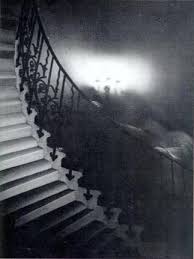’Quantitative investigation of a reported haunting using several investigation techniques.’, Journal of the American Society
M. C. Maher, & G. P. Hansen
Some researchers believe that many of the experiences reported in allegedly haunted locations have a psychological explanation. For example, it has been argued that the witnesses involved in alleged hauntings may have had prior knowledge about which parts of a building were ‘haunted’, and that this may be responsible for them reporting a disproportionately large number of unusual experiences in these areas. There are several ways in which this may happen. Witnesses’ prior knowledge about a ‘haunted’ area may cause them to assign special significance to any unusual phenomenon experienced in that area, therefore increasing the likelihood of them telling others about their experience. Alternatively, such information may have increased witnesses’ anxiety levels when entering these areas, and this, in turn, may have resulted in the witnesses experiencing mild psychosomatic and hallucinatory phenomena. Work assessing this psychological approach has involved examining the suggestibility and paranormal belief of people who tend to report unusual experiences in allegedly haunted locations.
Key References:
Houran, J. & Lange, R. (1996). Hauntings and poltergesist-like episodes as a confluence of conventional phenomena: A general hypothesis. Perceptual and motor skills, 83, 1307-1316.
Lange, R., & Houran, J. (1997a). Context-induced paranormal experiences: Support for Houran and Lange’s model of haunting phenomena. Perceptual and Motor Skills, 84, 1455-1458.
Lange, R. & Houran, J. (1998). Delusions of the Paranormal: A Haunting Question of Perception. The Journal of Nervous and Mental Disease, 186(10), 637-645.
Houran, J., Wiseman, R., and Thalbourne, M. (2002). Perceptual-personality characteristics associated with naturalistic haunt experiences. European Journal of Parapsychology, 17, 17-44.
